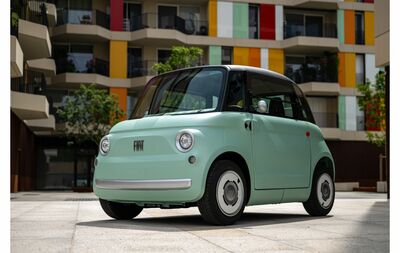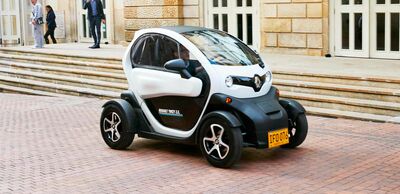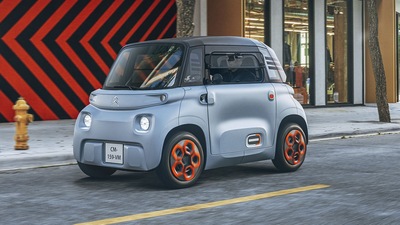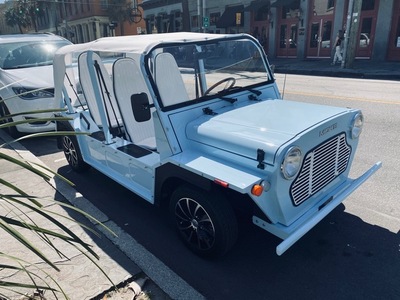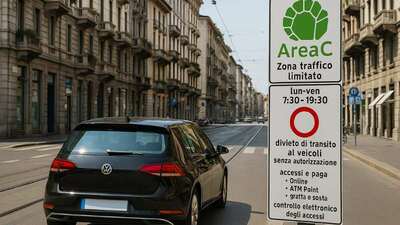Will Micro Cars Be The Next Big Thing?
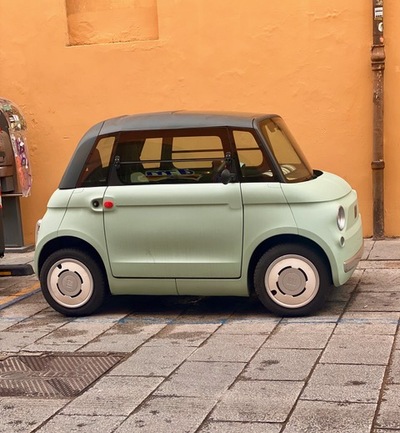 |
By Larry Nutson
Senior Editor and Bureau Chief
Chicago Bureau
THE AUTO CHANNEL
My wife and I recently enjoyed a road trip through Northern Italy that took us through the regions of Lombardy, Liguria, Emilia-Romagna and Veneto. All told, we drove 1374 km or, 852 miles.
Our route gave us the opportunity to visit three of Italy’s larger cities–Genoa, Bologna, and Milan.
Italy's long history includes the Roman Empire, the Renaissance, and the Unification of Italy in 1861. Rome, for example, was founded in 753 BC.
The Italian peninsula is surrounded by the Mediterranean Sea. It’s a mountainous boot-shaped country defined by the Alps in the north and the Apennine Mountains forming its central "backbone".
Considering Italy’s history it is easily understood that the narrow streets in Italy's ancient city centers are a product of medieval planning, with design rooted in defensive strategies, climate control, and limitations of pre-industrial transport.
These spaces were built for foot traffic and horse-drawn carts, long before cars existed. And today, those streets continue in their original layout.
Ancient buildings remain or have been rebuilt in the same location. Land is precious and little was planned and developed as open space. Old, long-established cities in other Central European countries also were built with narrow streets.
This combined with historic high fuel prices (I paid $8.55 per gallon on my trip), limited land space, small family sizes and other factors led to European cars, in general, being small. Years ago we saw some very small European micro cars such as the BMW Isetta, the Mini Cooper, and the Messerschmitt kr200. Now today, we are seeing the advent of new design micro cars with the newest being battery-powered with a limited top speed.
Pictured in this story, from top to bottom, are the Fiat Tipolino, Renault Twizy and Citroën Ami.
These so-named Low Speed Vehicles (LSV) were often seen on my trip. Europe has embraced their use in crowded cities.
The European Union does not currently have specific regulations defining "small cars," but manufacturers are lobbying for a new homogenization category for affordable "e-cars" to compete with Chinese vehicles.
A proposal, inspired by Japan's Kei car segment, suggests less stringent safety standards and lower costs to produce smaller, urban- focused vehicles. This initiative aims to create a new market for affordable EVs. A plan proposed by Stellantis and Renault to create a separate category for small cars in Europe has gained a key supporter in European Commission President Ursula von der Leyen.
The U.S. is a bit behind. However, nearly every US state allows the use of LSVs
provided they meet certain regulations. I am familiar with Charleston South Carolina
allowing for LSV usage with a 4-mile radius of one’s home. Many that I have seen look
like 4-seat golf carts.
Milan's congestion charge is known as Area C, a Low Emission Zone (LEZ) in the city
center where most vehicles must pay a fee to enter from Monday to Friday, 7:30 AM to
7:30 PM, with a discounted rate on Thursdays after 6 PM, and a penalty for late
payment. Non-polluting vehicles like electric cars, mopeds, and some hybrids are
exempt, while heavily polluting diesel vehicles are banned, and a ticket must be
purchased and activated by midnight the day after entry to avoid fines.
Will we soon not only be thinking electric but be thinking small?
Happy motoring!
Arrivederci
Larry Nutson, The Chicago Car Guy



